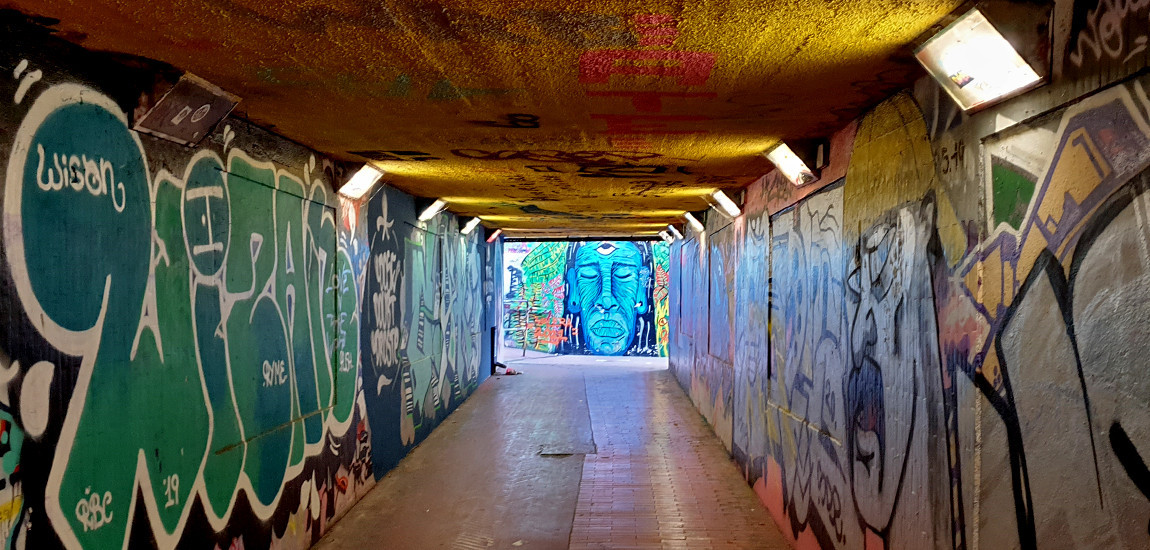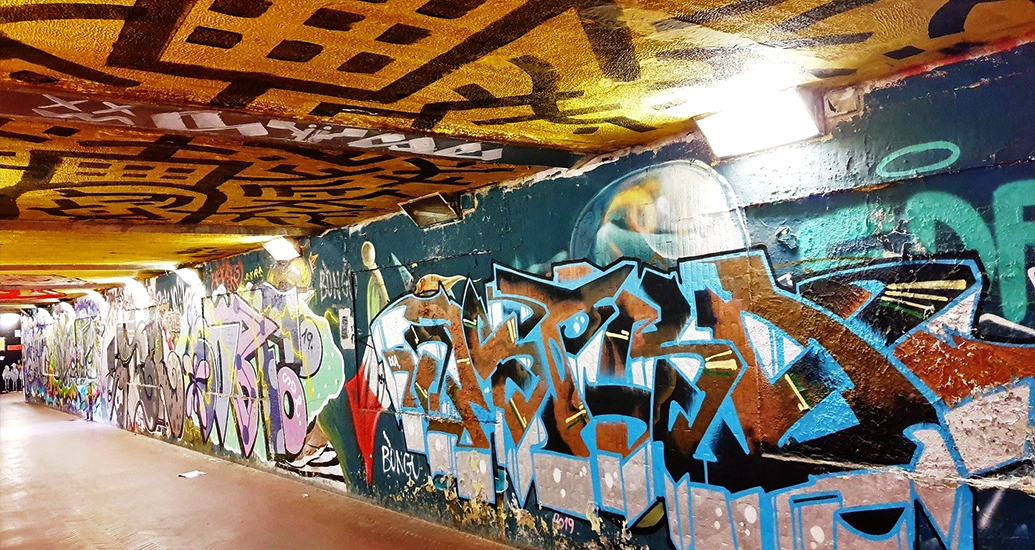
Le Cure District from Michelangelo to the Street Art
The history of this district north of the center has always been linked in some way to art. Legend has it that in 1520, when here there was only countryside crossed by the Mugnone stream, the Madonna appeared to two seriously ill patients who were praying in front of one of her images attached to an oak tree. After healing them she asked them to have a chapel built in her name, which is said to have been commissioned to Michelangelo. It is not known if this is true, but there are remains of the building and a street is dedicated to the Madonna delle Querce.
Later the area became the seat of the "curandaie", a name abbreviated to "cure", which gives the neighborhood its name. It was the washerwomen who washed the pieces of linen, which at the time were produced industrially, since Florence was one of the most important centers of the textile industry in Europe, and produced the most beautiful and precious fabrics. In addition to the curandawomen, the area was frequented by normal washerwomen who washed clothes on behalf of the whole city, since the water of the Mugnone was cleaner than that of the Arno, muddy and impetuous.
At the end of the 1800s the area became the seat of numerous industrial activities that drew water from the Mugnone stream: silk factories, mills, color factories, printers, the Officine Galileo which produced precision mechanics and - greatest of all - the Giovanni Berta Foundry, which it produced all the manholes in the city, street lamps, gates and urban structures in iron. All activities where the artisanal-artistic element is decisive.
In 1914 the Florence-Rome railway was built that cuts through the neighborhood and under which the famous underpass was built after World War II, today a "museum" of Street Art. Let's not forget that the railway, in those years, inspired the Futurists, as symbol of speed, action, change.
During the Second World War, the neighborhood was heavily damaged by bombing and in August 1944, during the battle of Florence, the Germans overturned all the railway carriages on the tracks and from this iron barricade they managed to block the troops for almost a month. Anglo-American, and then retreated in an orderly fashion to Mugello.
In the last thirty years of the 1900s, with the closure of all the companies, the neighborhood became totally residential and Piazza delle Cure was home to a very popular fruit and vegetable market.
However, to keep the artistic tradition alive in the area, arrived Street Art.




